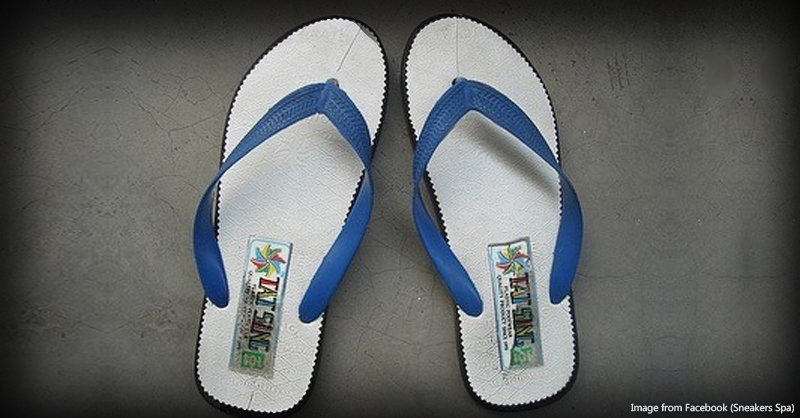Ship wars and sliced bodies: How China was like Malacca’s big badass bro

- 2.4KShares
- Facebook2.3K
- Twitter9
- LinkedIn13
- Email17
- WhatsApp64
PS: If you’d like more stories like this, please subscribe to our HARI INI DALAM SEJARAH Facebook group.
Chinese New Year is around the corner! It’s that time of the year when Chinese descendants balik kampung to spend time with the fam and engage in some traditions normally practised for CNY. Setting cute decos, having reunion dinner, playing with firecrackers, burning incense, giving/receiving ang pows, avoiding sweeping…
But that’s not the whole point of this article. Here, we’re gonna bring you through a historical tour. And it’s about… Yup, you guessed it: how the Chinese became kamcheng with us. Well, something like that lah. Before we delve into it, tell us whatcha know about how the Chinese people actually moved here..
If you answered D) Actually, no., congrats, here’s a cookie! Yeah, in fact, our relationship with China goes WAY WAY WAYYYYY back… Longer than the Brits, longer than the Dutch (which we just wrote about here), and even longer than the Portuguese…

And it all started in a little state called Malacca. Not much has been said about this in our sejarah textbooks, so here’s the story of how Malacca and China got along.
Why did we get in touch with China in the first place? Cos the Thais were attacking?
As most of us would remember from our sejarah textbooks, Parameswara was the founding ruler of Malacca. While he was laying the foundations of Malacca in the early 1400s, he looked around for powerful kingdoms to make friends with. He started by accepting the Siamese [Thai] King as his overlord (his leader) and paid Siam money yearly.
While doing this, he also started talking to China, which at the time, was ruled by the Ming Dynasty. During the reign of the Yongle Emperor Zhu Di from the Ming Dynasty, China frequently sent missions to other countries by sea, and thus, wanted to develop a commercial and operational base for their treasure voyages.
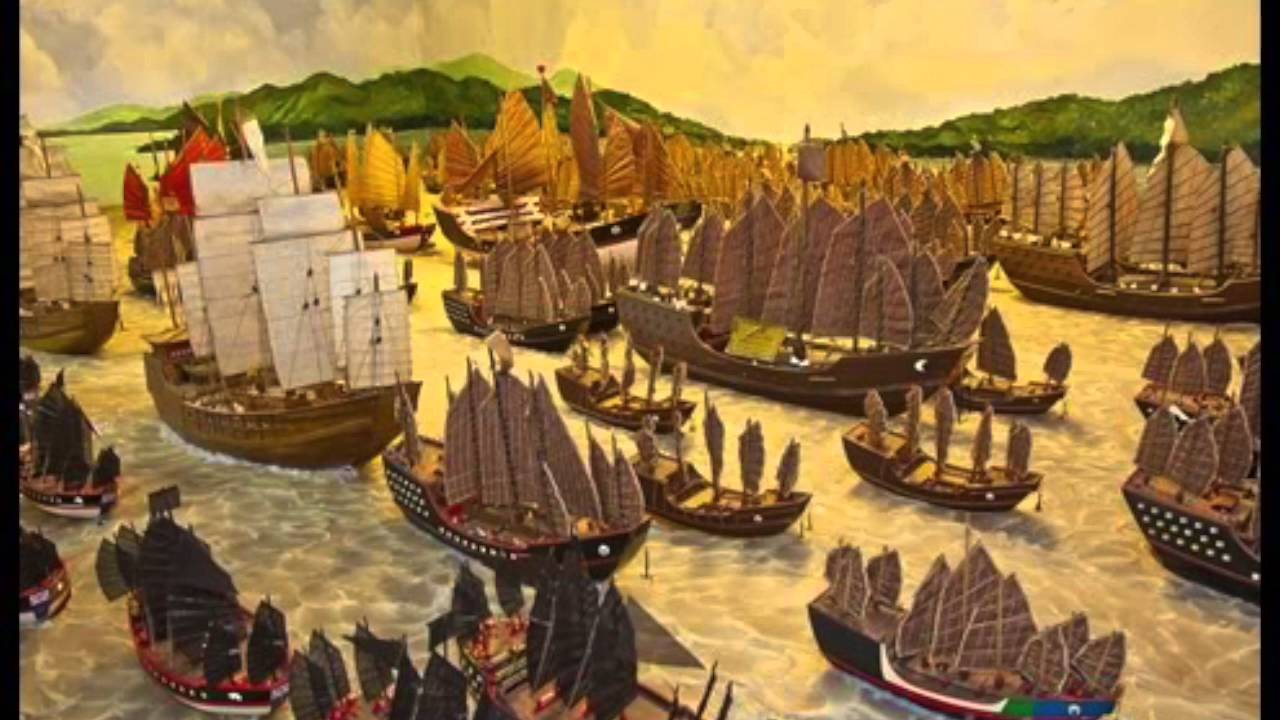
One of the team of missions sent landed on Malacca’s shores in 1405. So, Parameswara was lucky that the creation of Malacca coincided with one of China’s periods of interest in the outside world (since Malacca wasn’t so big before the voyages). Plus, things weren’t going so well with Siam.
(We’re not sure why Siam turned sour against Malacca but we did figure out that Siam and also Majapahit [eastern Javanese] were Malacca’s enemies mainly because they were alleged enemies of Palembang, where Parameswara came from.)
Hence, when he knew for sure that China would have Malacca’s back and in that way Siam wouldn’t attack, he accepted the Chinese emperor as his overlord (more like a big bro actually) and that was how Malacca and China started becoming friends, much to the envy of Malacca’s enemies.
The growth of Malacca to the most important port in the region
Later on, Admiral Cheng Ho was assigned to develop the Malaccan port in exchange for some land. Because of Malacca’s strategic location, Malacca became an important stopping point for Cheng Ho’s ships. His visits to Malacca laid the foundation to Malacca’s role as an international trade centre. It’s because of this recognition of the role of Malacca in trade that Malacca was saved from its enemies’ threats.

As Siam gained strength and allegedly had intentions to go against Malacca, the Malaccan ruler was alarmed, and so, as a precaution, the Malaccan king visited China in 1418 to raise his concerns about Siam’s threat. So, in Oct 1419, the emperor responded by sending his peeps to warn the Siamese king.
Then, again in 1431, when a Malaccan rep complained that Siam was allegedly getting in the way of Malacca’s tribute missions to China, the Emperor sent a message to the King of Siam, ordering him “to live in good harmony with his neighbours and not to act against the orders of the Court.” Since China was also like a big bro to Siam back then, Siam was like “okay, I won’t kacau Malacca“.
In return for giving protection to Malacca, the Malaccan rulers would pay tribute to the Chinese emperor in person. The Emperor of China received as many as 20 missions from Malacca between 1405 and 1435, with some missions led by the king himself. The many visits to China strengthened their relationship, which allowed Malacca to do well.
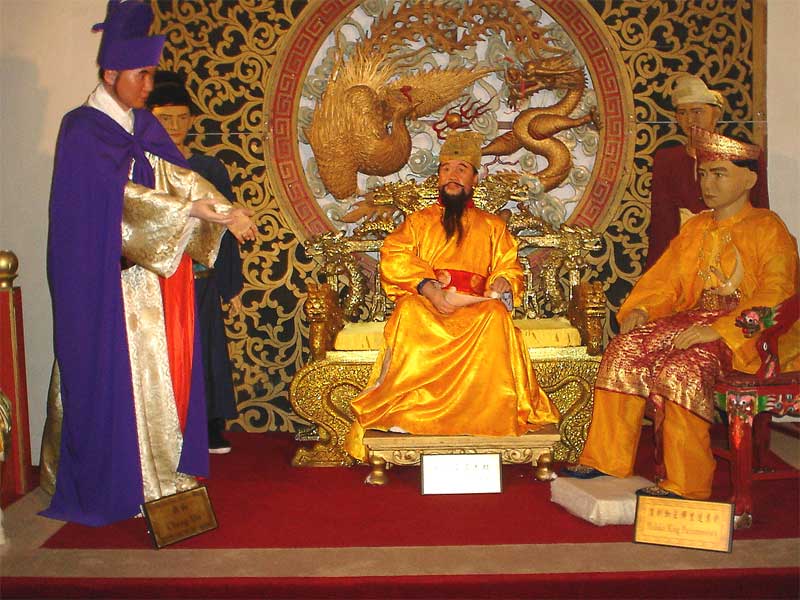
This relationship was further strengthened during Sultan Mansur Shah’s rule. The ruler sent a team headed by his bendahara (prime minister) to China to send a letter to the emperor. The bendahara successfully impressed the emperor with the sultan’s awesomeness that the emperor decided to matchmake his daughter Hang Li Po with the sultan.
So, Hang Li Po came to Malacca with 500 attendants to marry Sultan Mansur Shah. Her attendants also married locals and settled mostly in Bukit China, which became the oldest Chinese cemetery outside China. The intermarriages between the Chinese traders and the local Malay community resulted in the creation of the Chinese Peranakan community.
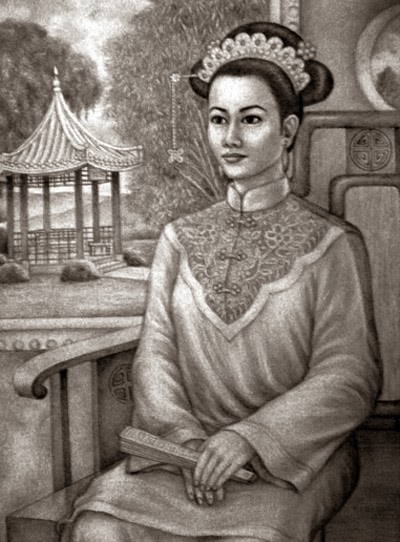
We would have thought that this was the earliest Chinese settlement in Malaysia. But Fei Xin, a writer who came with Cheng Ho and wrote about Cheng Ho’s expeditions and the locals in Malacca, mentioned the existence of “light-skinned people”, who may have been Chinese (it’s not clear how there were already Chinese people in Malacca before the Ming Dynasty though).
Later in 1471, after Vietnam allegedly destroyed Champa [what used to be central and southern Vietnam], they targeted Malacca next. So, in 1474, China sent an official to install the Champa king, but found out that the Vietnamese soldiers had allegedly taken over Champa and blocked his entry. So he went to Malacca instead and the Malaccan ruler sent back tribute to China. Malacca again sent representatives to China in 1481 to tell the Chinese what happened in 1469.
Flashback to 1469…
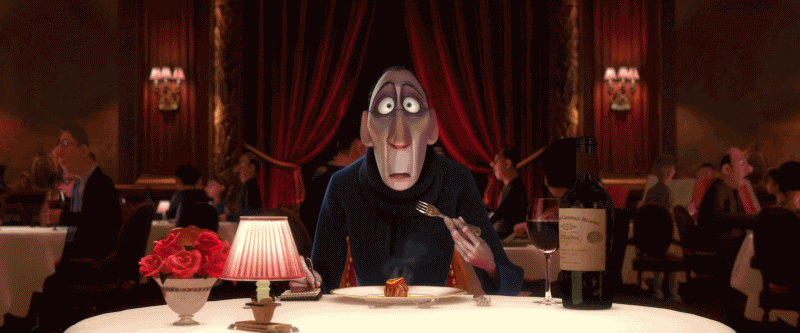
While the Malaccan reps were returning from China, the Vietnamese allegedly attacked the Malaccans. They killed some of the Malaccans while the young who survived were allegedly castrated and enslaved. The Malaccans didn’t fight back because they didn’t wanna fight against Vietnam, which was also China’s little bro, without China’s permission.
Back to the 1481 meeting, the Malaccans asked the Chinese if they could confront the Vietnamese delegation to China.. But the Chinese said that, since the incident happened years ago, there was nothing they could do about it except that the Chinese Emperor sent a letter to the Vietnamese ruler to marah him for the 1469 incident. The Chinese Emperor also told the Malaccans that, if Vietnam dared to attack again, just fight back with military lah.
The Portuguese sneaked into Melaka, disguised as traders.. and the Chinese executed their ambassadors
However, that wasn’t the end of it. It was just the beginning of the colonial era when the Portuguese came and allegedly destroyed the Malacca Sultanate in 1511, hence establishing the Portuguese Malacca colony.
The Malaccans told China that the Portuguese seized Malacca and allegedly tried to cheat the Malaccans by disguising their takeover plans as trading activities. They also told China about how the Portuguese allegedly abused them. The Portuguese invasion of its good friend made China so angry that the Portuguese were allegedly treated badly by the Chinese when they came to China.
In 1521, the Chinese defeated a Portuguese fleet (a group of ships), which resulted in killing and capturing so many Portuguese that the Portuguese had to abandon their junks and retreat with only three ships, only escaping back to Malacca because a wind scattered the Chinese ships as the Chinese launched a final attack.
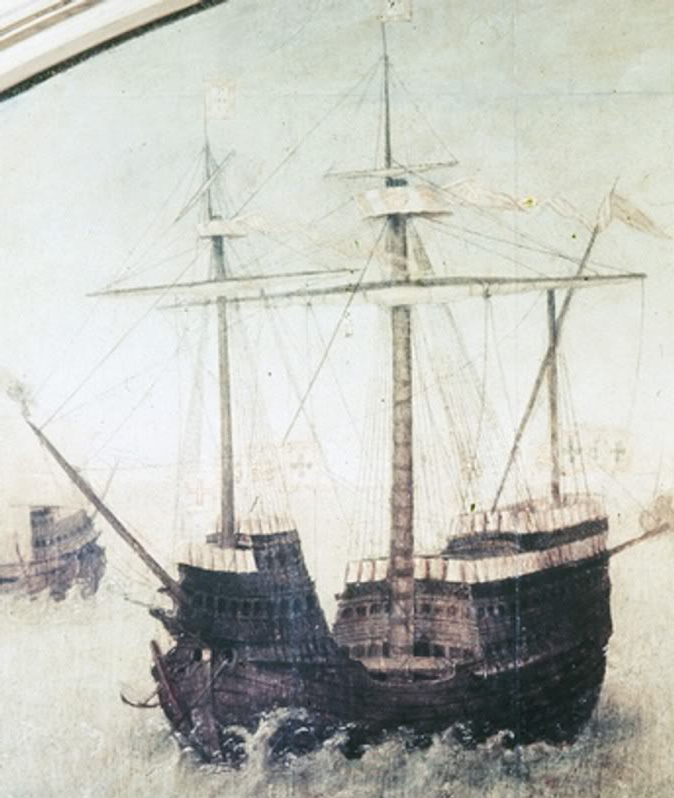
Then, in 1522, another Portuguese fleet was defeated by the Chinese. Many Portuguese were captured while others were forced to retreat to Malacca. And when the Portuguese pirates illegally set up bases in parts of China, the Chinese allegedly killed the pirates and destroyed one of the bases.
Here’s where things got a little more… unsettling. The Chinese allegedly held the Portuguese embassy hostage as a way to demand that the Portuguese allow the Malaccan ruler to return to his throne. At the same time, they sent a message to the Malaccan ruler about the hostage situation. When they received his reply, the Chinese then proceeded to kill the embassy, slicing their bodies into multiple pieces, which were allegedly used in.. umm, different ways..

Like having the genitalia inserted into the mouth. Or having the genitalia and heads displayed in public, and then thrown away. Or worse, forced other Portuguese peeps to wear the body parts while the Chinese celebrated this with music. And as more Portuguese ships landed and got seized by the Chinese, the Chinese did the same thing to them too.
But eventually, things didn’t remain so sour as China started letting the Portuguese trade and settle in Macau. The smuggling problem in the mid-1500s at the Chinese ports affected the commerce system badly, which affected the national treasury badly. So China had to come up with better trade policies.
And as these improved trade policies benefited Portuguese trade activities, relations between the Portuguese and Chinese started to slowly improve. This improvement in relations was also extended to the Johor Sultanate, when the Portuguese and Johoreans worked together to fight against the Aceh Sultanate.
But it’s unclear if this alliance remained strong throughout the course of colonial history
Shortly after the capture of Malacca by the Portuguese, the Malaccan ruler at the time was allegedly forced out of Malacca, ending up in Bintan where he sent orders and messages in attempts to take back Malacca from the Portuguese, but failed when the Portuguese defeated Bintan. His son later founded the Johor Sultanate, which, as we mentioned earlier, had like okay relations with the Portuguese.
But not much has been said about the extent of China’s protection over Malacca when the Europeans colonised Malacca.. Except that the Chinese traders started boycotting Malacca after the Portuguese took over?! Well, they preferred doing business with the Malays and Javanese, so… yeah.
The rest, as another CILISOS article says, is history. The Dutch came, the Brits came.. At the same time, over the decades and centuries, more peeps immigrated to Malaya to form the multicultural country that we’ve grown to have a love-hate relationship with. In particular, would we still have our noodles, ang pows, seik fan and use of words like “mafan” and “lor” in our vocab (among the many aspects of Chinese influence on Malaysian culture)?
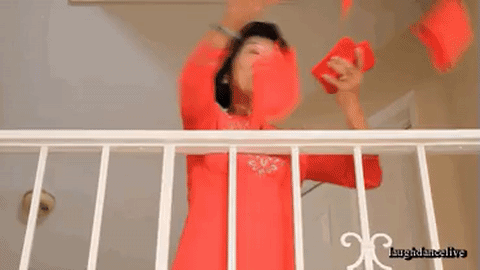
Then, in 1974, the friendship between Malaysia and China was officially rekindled after our 2nd prime minister Tun Abdul Razak visited China. This baton of maintaining ties with China initiated by Razak was then passed to the prime ministers after him. In fact, a song about this friendship was made to celebrate the 45 years of Malaysia-China diplomatic relations.
But you know ah.. Despite the rough times that we’re currently having with China, there might still be hope for the Malaysia and China relationship for years to come.
PS: If you’d like more stories like this, please subscribe to our HARI INI DALAM SEJARAH Facebook group.
- 2.4KShares
- Facebook2.3K
- Twitter9
- LinkedIn13
- Email17
- WhatsApp64





